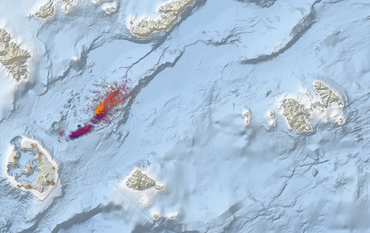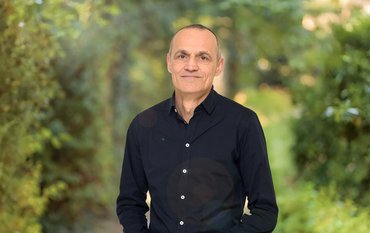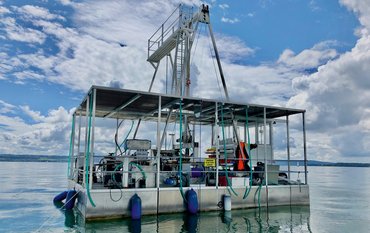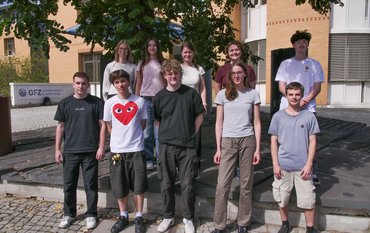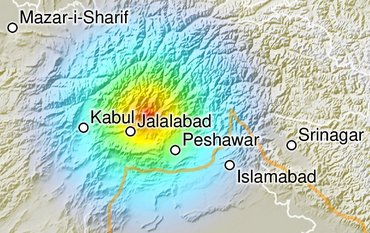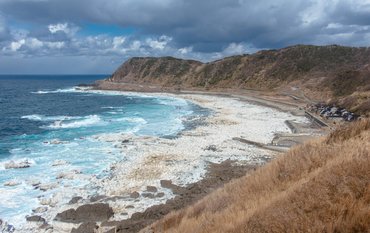Light pollution caused by night-time lighting is a growing environmental problem: it affects the rhythms of life of animals, plants and humans and is a factor in energy consumption. It now affects a quarter of the world's land area and 88 percent of Europe. In order to be able to take targeted countermeasures, local authorities should understand the makeup of light sources, which satellite images alone cannot provide.
New findings have now been published in the journal Nature Cities based on a citizen science campaign led by Dr Christopher Kyba, then a geographer at the GFZ Helmholtz Centre for Geosciences and the Ruhr University Bochum. The participants counted and evaluated light sources in city centers, residential areas and commercial areas. According to the results, streetlights are only responsible for part of the night-time light in urban areas. In such areas, there are nearly twice as many illuminated advertising signs and shop windows. Private windows were by far the most frequently observed light source, even after midnight, although these are less bright. A further quarter of the lights consisted of other sources such as floodlights, house number and doorbell signs and decorative garden lighting. The data also makes it possible to examine how the composition of light varies between city centers and less densely built-up areas such as residential neighborhoods. Based on their breakdown, the researchers see great potential for savings.
Unprecedented citizen science campaign in 33 municipalities
In autumn of 2021, 258 citizen scientists used the “Nachtlichter-App” (Nightlight App) developed for this purpose to register a total of 234,044 lights on 3,868 individual measurements via the app: the lights were counted and classified along with additional information such as the degree of shielding or the size of the installation. Extrapolated across Germany, the researchers say 78 million lights remain on after midnight: roughly one light per person.
The counting campaigns covered an unprecedented total area of 22 square kilometers in predefined areas of 33 municipalities (9 of which were outside Germany). The areas included city centers, residential areas and urban areas with a commercial or industrial character.
Comparison of ground data with satellite measurements
The areas investigated were selected so that they corresponded to the measurement zones of a night-time light observing satellite. This allowed the results of the light detection on the ground to be compared with the satellite data. The results show a clear correlation between the number of counted lights and the radiance observed by the satellite: the researchers were able to determine a conversion factor for converting the “brightness” measured by the satellite into the more easily understandable unit of “lights per square kilometer”. The number of individual sources in a given community or region can then be easily estimated.
Original publication:
Team Night Lights. Citizen science illuminates the nature of city lights. Nat Cities (2025). https://doi.org/10.1038/s44284-025-00239-5
Funding:
The study was supported by the Helmholtz Association (CS-0003, ERC-RA-0031), the European Union (689443 in the GEOEssential project) and the Federal Ministry of Education and Research (01BF2202A and 01BF2202C as well as the prize “Wissen der Vielen – Forschungspreis für Citizen Science”).
Further information:
- You can find out more about the current study in the press release from Ruhr-Universität Bochum.
- Questions & answers about the publication and the background to the Citizen Science campaigns
- Webinar about the project: https://www.youtube.com/watch?v=SpyM10lkw0I
- Background: Why Citizen Science?


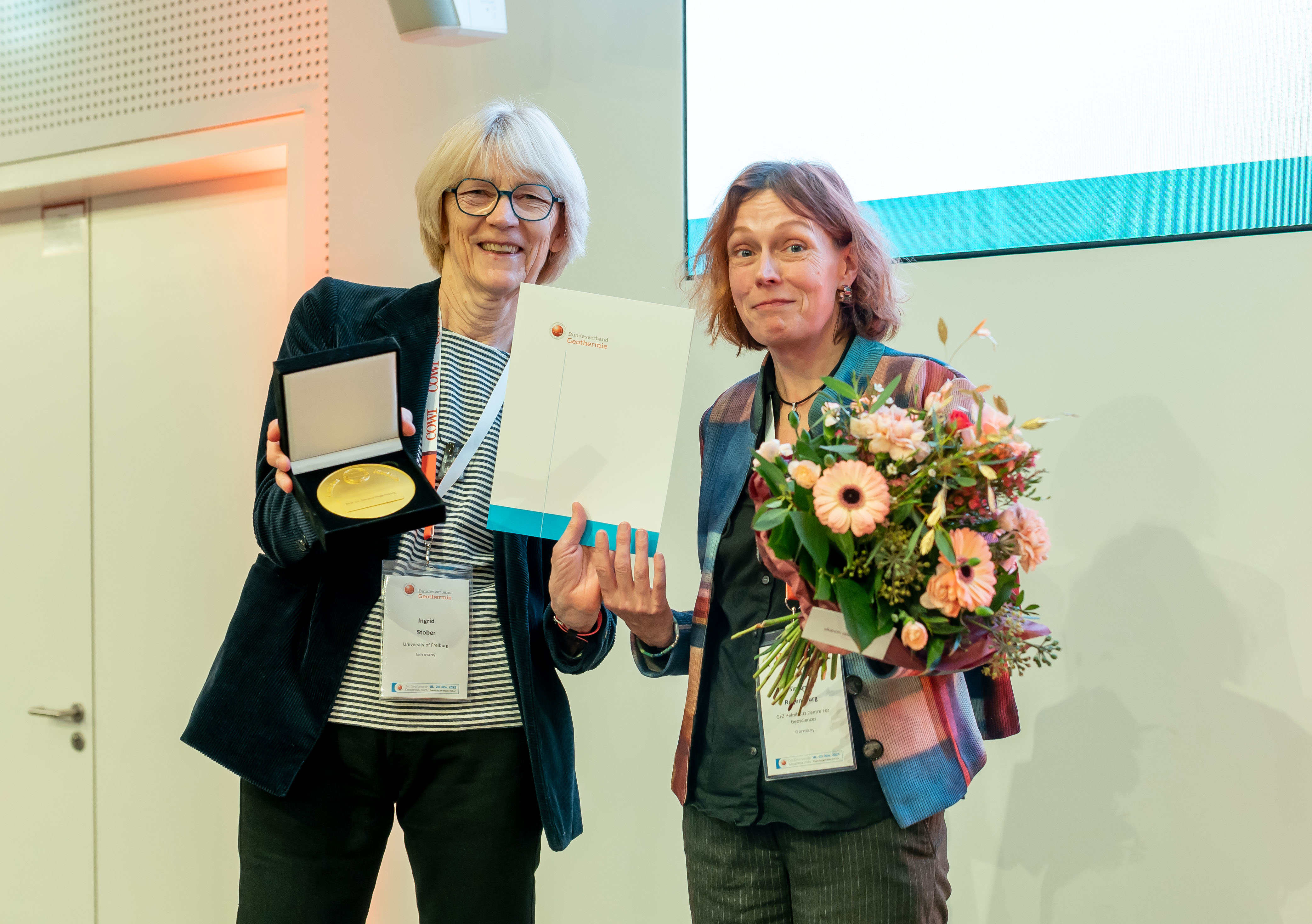
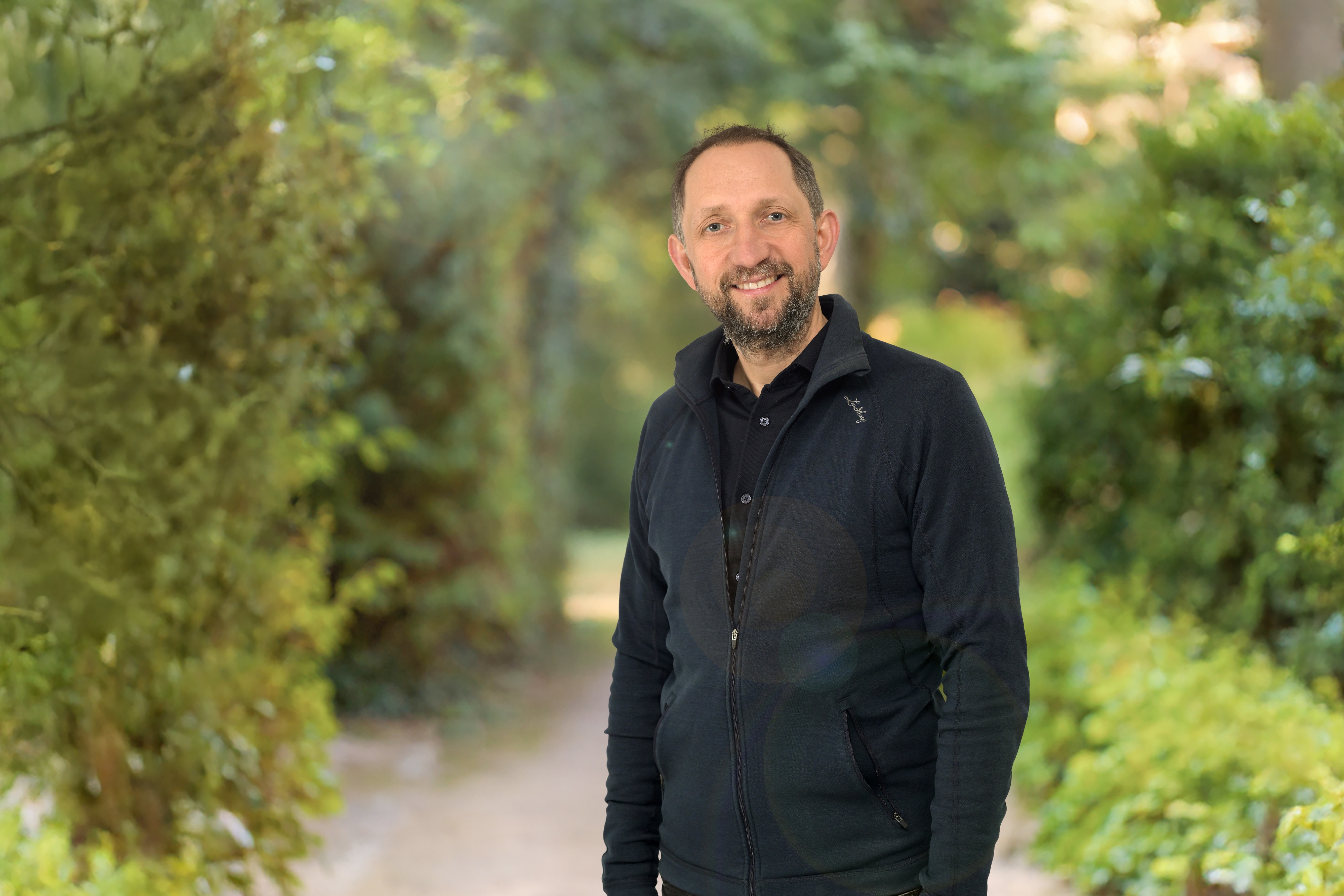
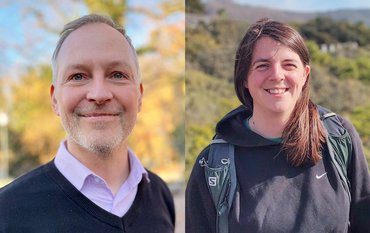
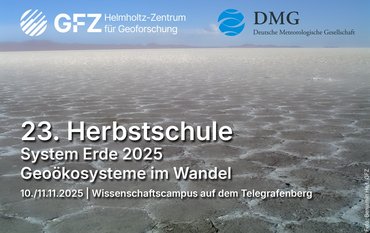
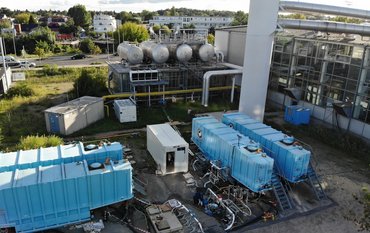
![[Translate to English:] Group photo with 8 people in a seminar room in front of a screen.](/fileadmin/_processed_/2/1/csm_20251114_News_EU-Water-Resilience-Exchange_Kreibich_c-xx_db4e5be690.jpeg)
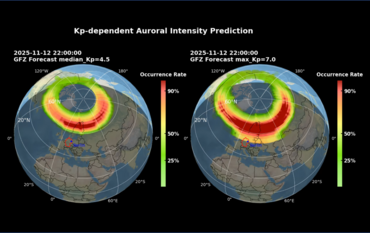

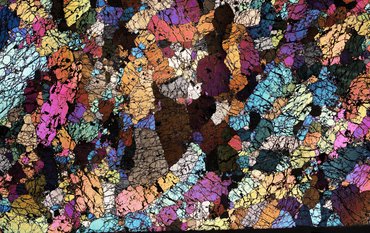
![[Translate to English:] Portrait photo, blurry background](/fileadmin/_processed_/a/2/csm_2025_11_06_JEAN_BRAUN_HE_Helmholtz_Portraits-23_2b5c35beee.jpeg)
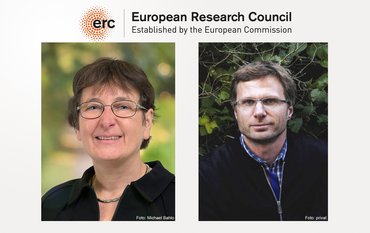
![[Translate to English:] Excerpt from a map of the Phlegraean Fields near Naples, Italy: Left: Red dots mark smartphone sensors, yellow triangles mark fixed seismological stations. Right: The area is coloured in shades of yellow, red and purple according to the amplification of seismic waves.](/fileadmin/_processed_/3/b/csm_20251028_PM_Smartphone-Earthquake_Slider_12500fa0e6.jpeg)
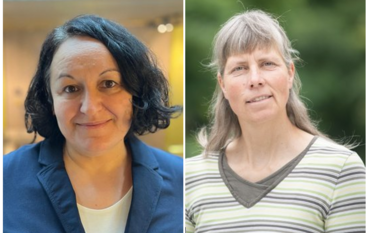
![[Translate to English:] Green background, portrait of Heidi Kreibich](/fileadmin/_processed_/1/1/csm_20251023_Kreibich-Heidi-2025-Vollformat-green_web_-c-Michael-Bahlo_72946c7fe4.jpeg)
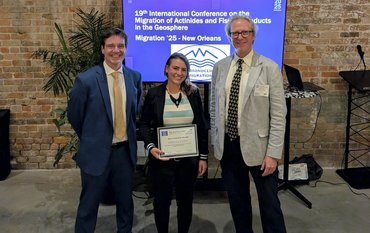
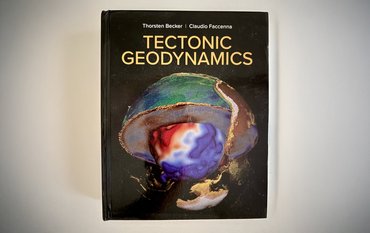
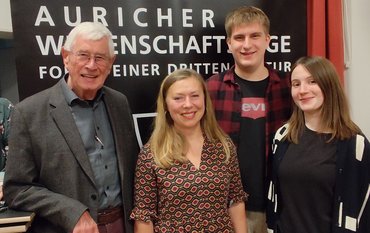
![[Translate to English:] semicircle depicting the future missions, graphics of the new satellites](/fileadmin/_processed_/3/d/csm_2025_10_08_Copernicus_Erweiterung_3f08a76a33.png)
![[Translate to English:] Portrait picture](/fileadmin/_processed_/f/4/csm_Magnall-Joseph-Kachel-c-privat_36e23315c3.jpeg)

